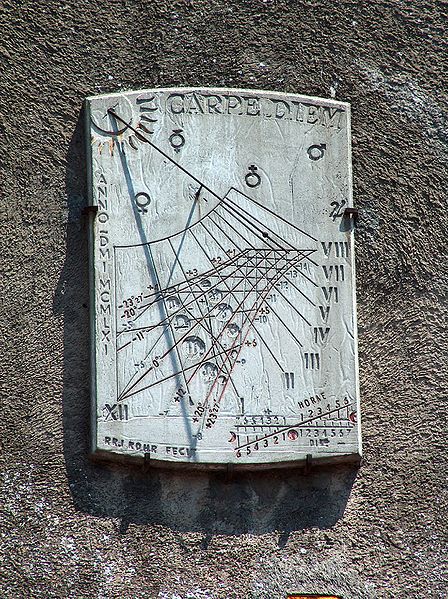
In follow ups with clients and talking to life insurance term policy holders shopping for coverage, I am struck again and again how important conversion is to term life insurance. The lowest term price is the easy part to figure out. Conversion is the quality feature. If you have a health problem during the term period, conversion may be the only game in town for new coverage. For example:
Timely conversion:
John, 42 years old and in excellent health, starts a $500k 30 year term policy at the preferred best rate. At 61 years old he has a heart attack. At 62 years old with the term coverage ending, he converts $250k of his term coverage into a universal life policy at the preferred best rate, no underwriting, by just signing a couple of forms.
Past the conversion deadline:
Jill, 51 years old and in good heath, starts a 20 year term policy with the preferred non tobacco rate. At 68 years old she develops stage I breast cancer. At age 71 with the term policy ending, she discovers her conversion period ended at age 70. Instead of converting her policy at preferred a year before, the most favorable offer she finds for new coverage available has a flat extra charge of $7 per thousand for 5 years at the standard rate.
Pay close attention to which carriers has the best conversion options when shopping for term. Policy holders note term conversion or exchange rules and the deadline for conversion as a vital record.

